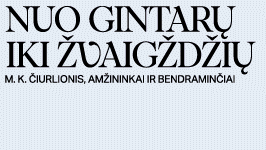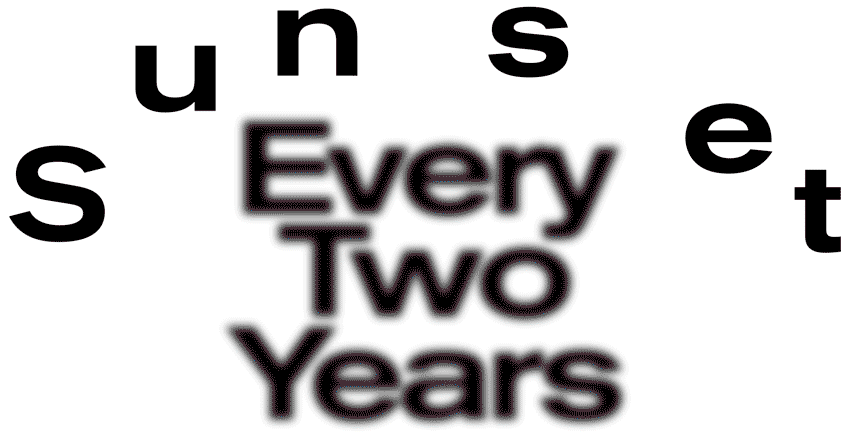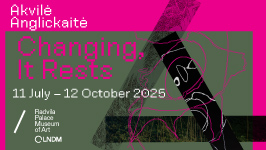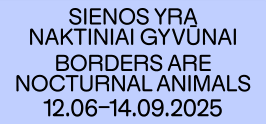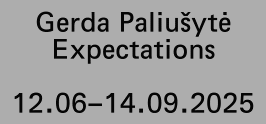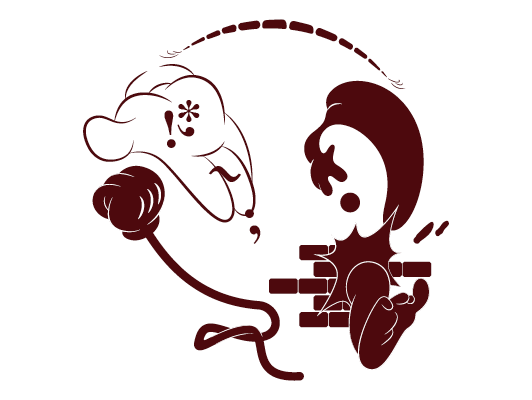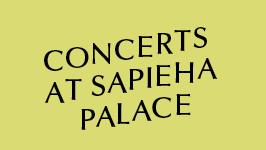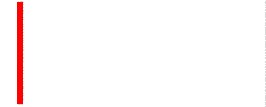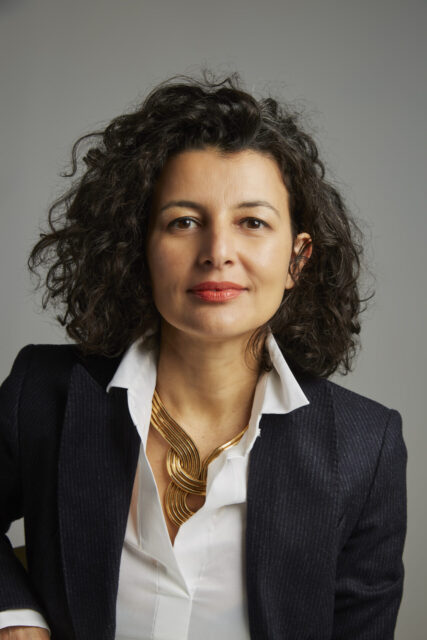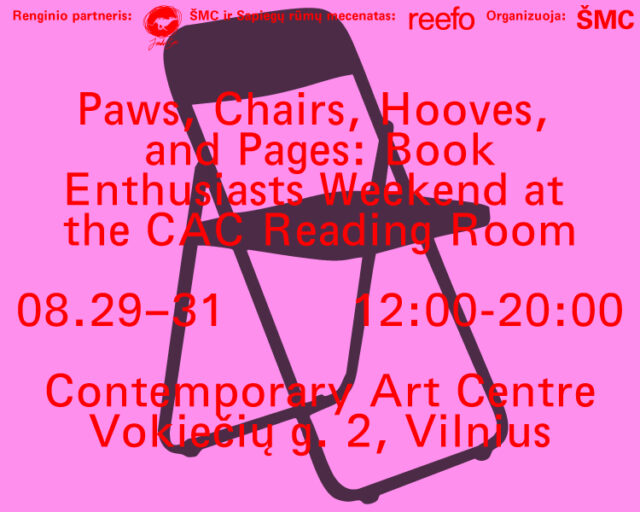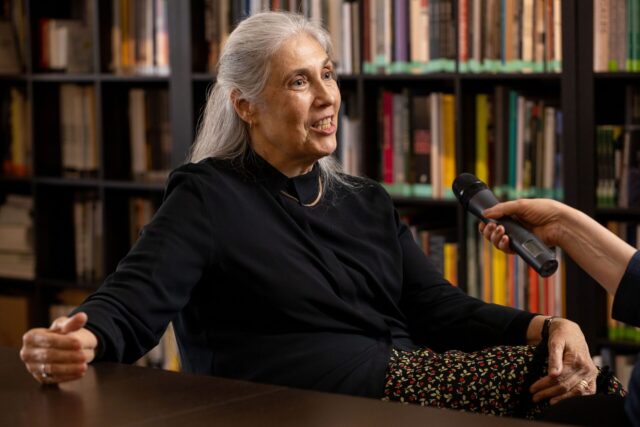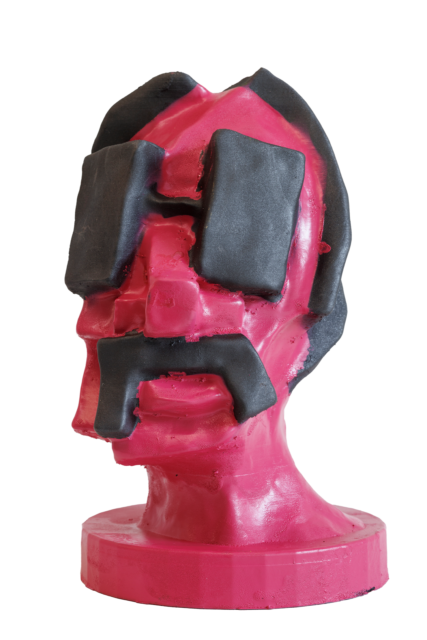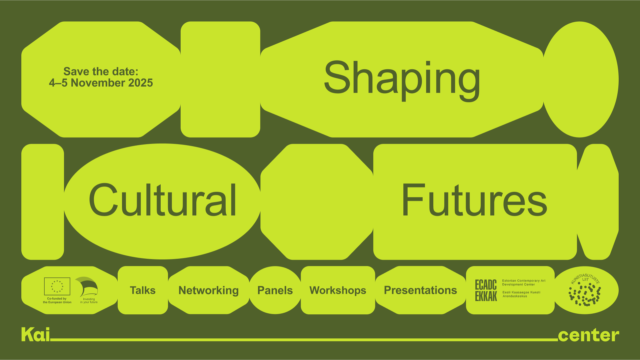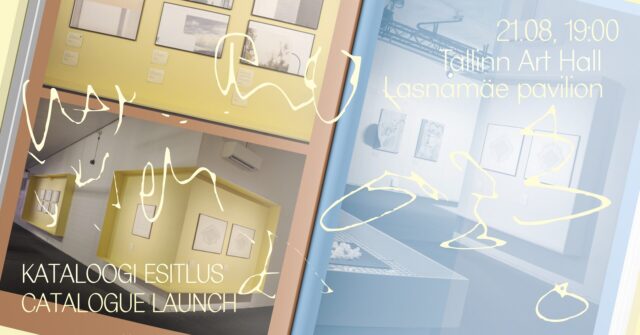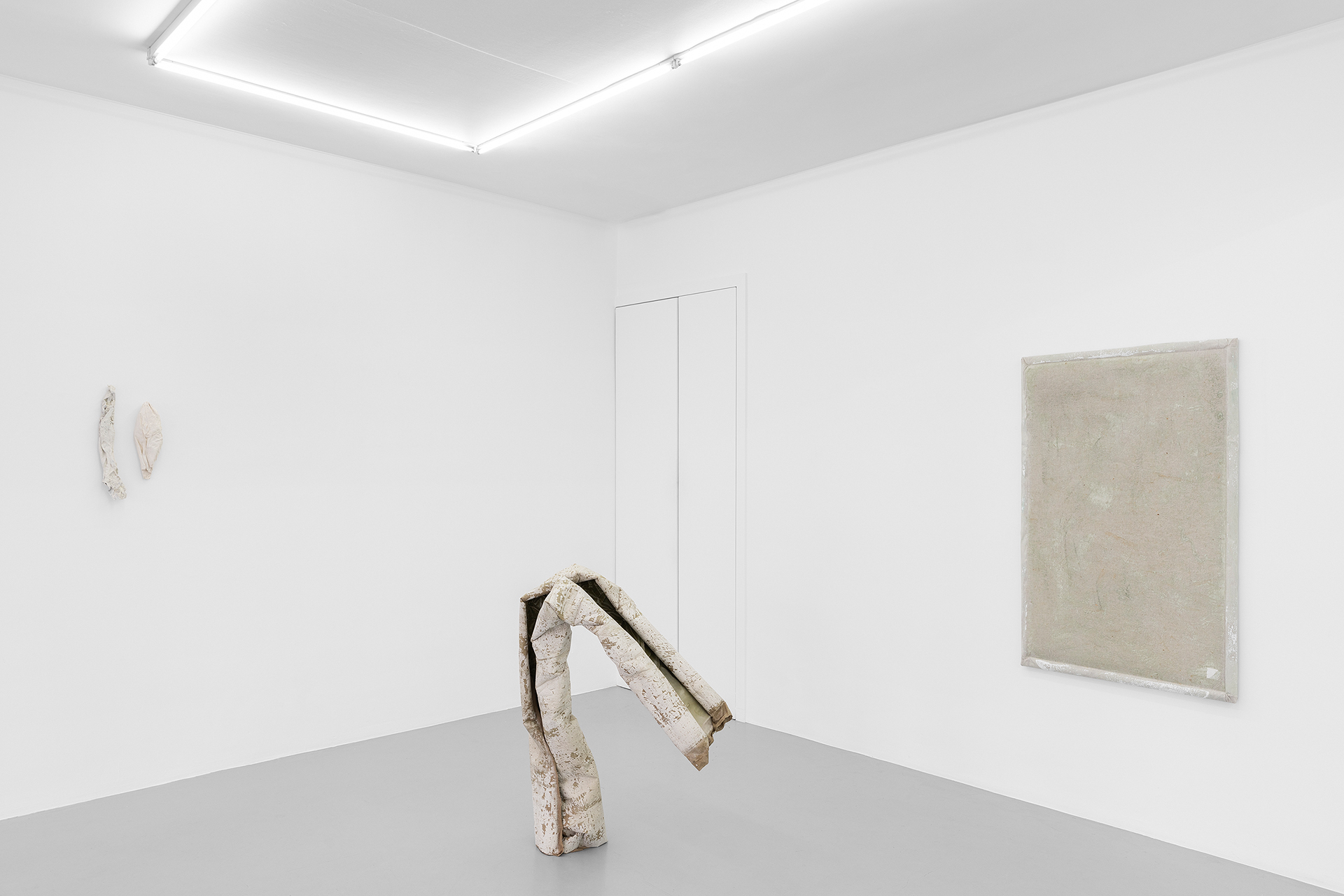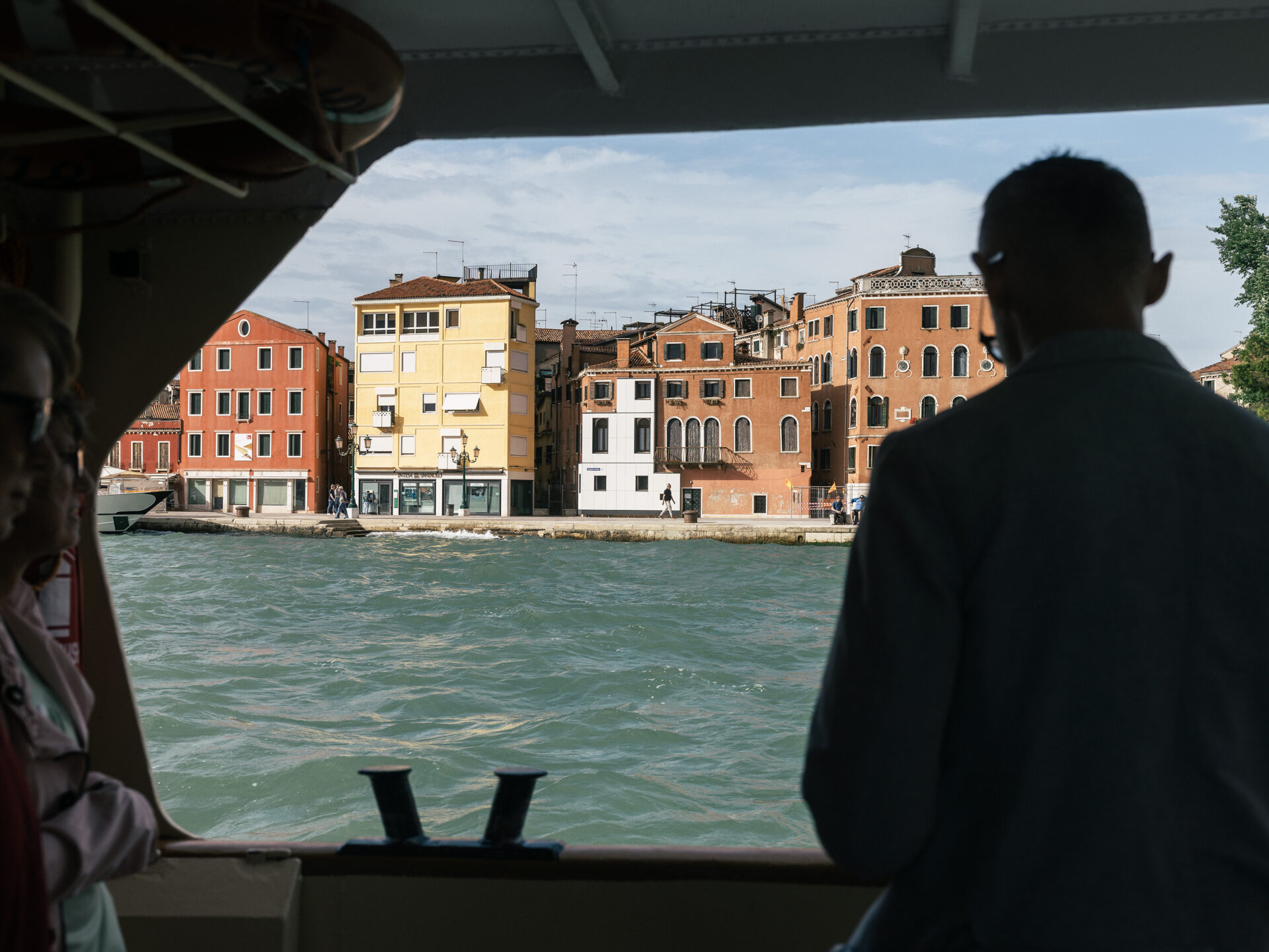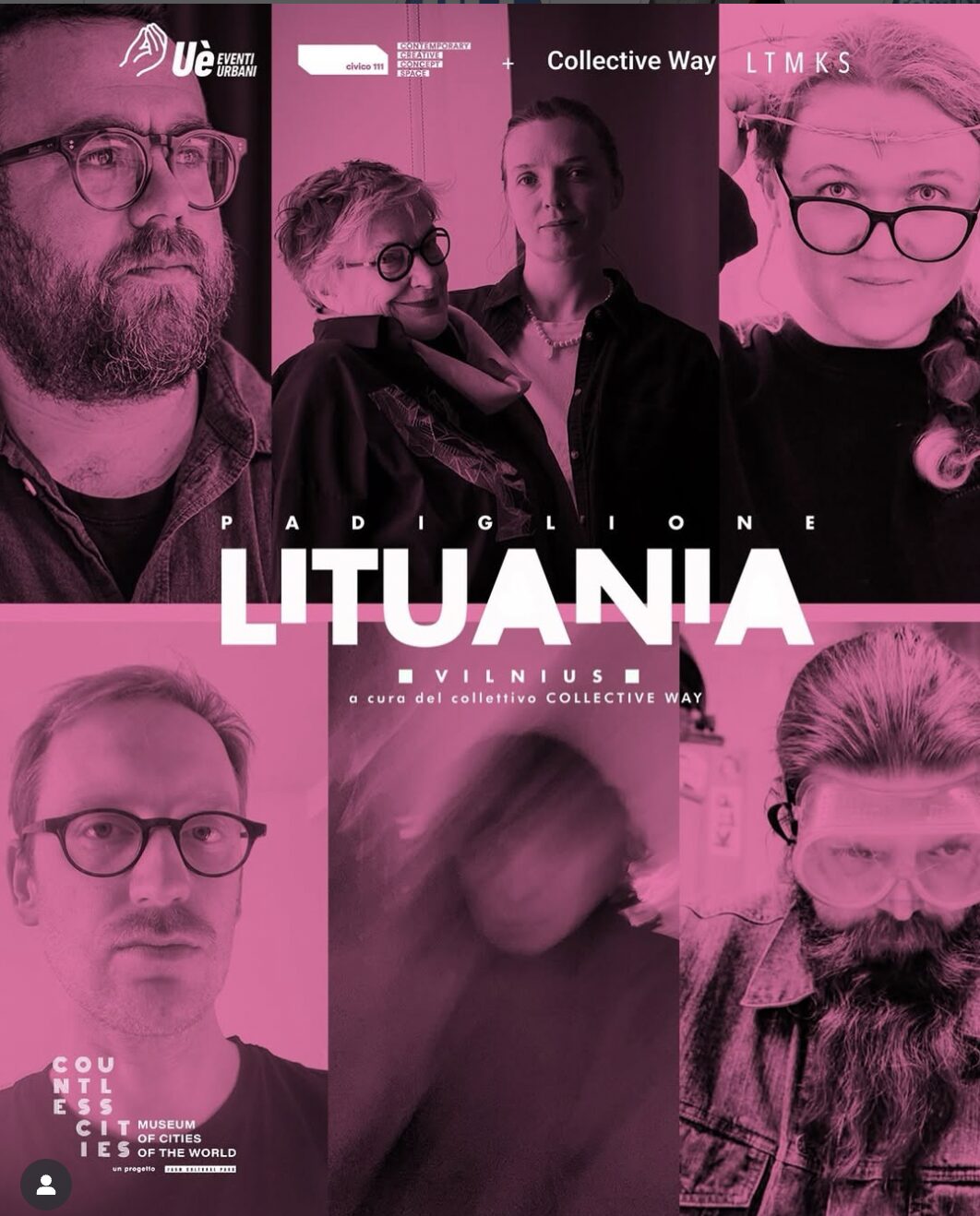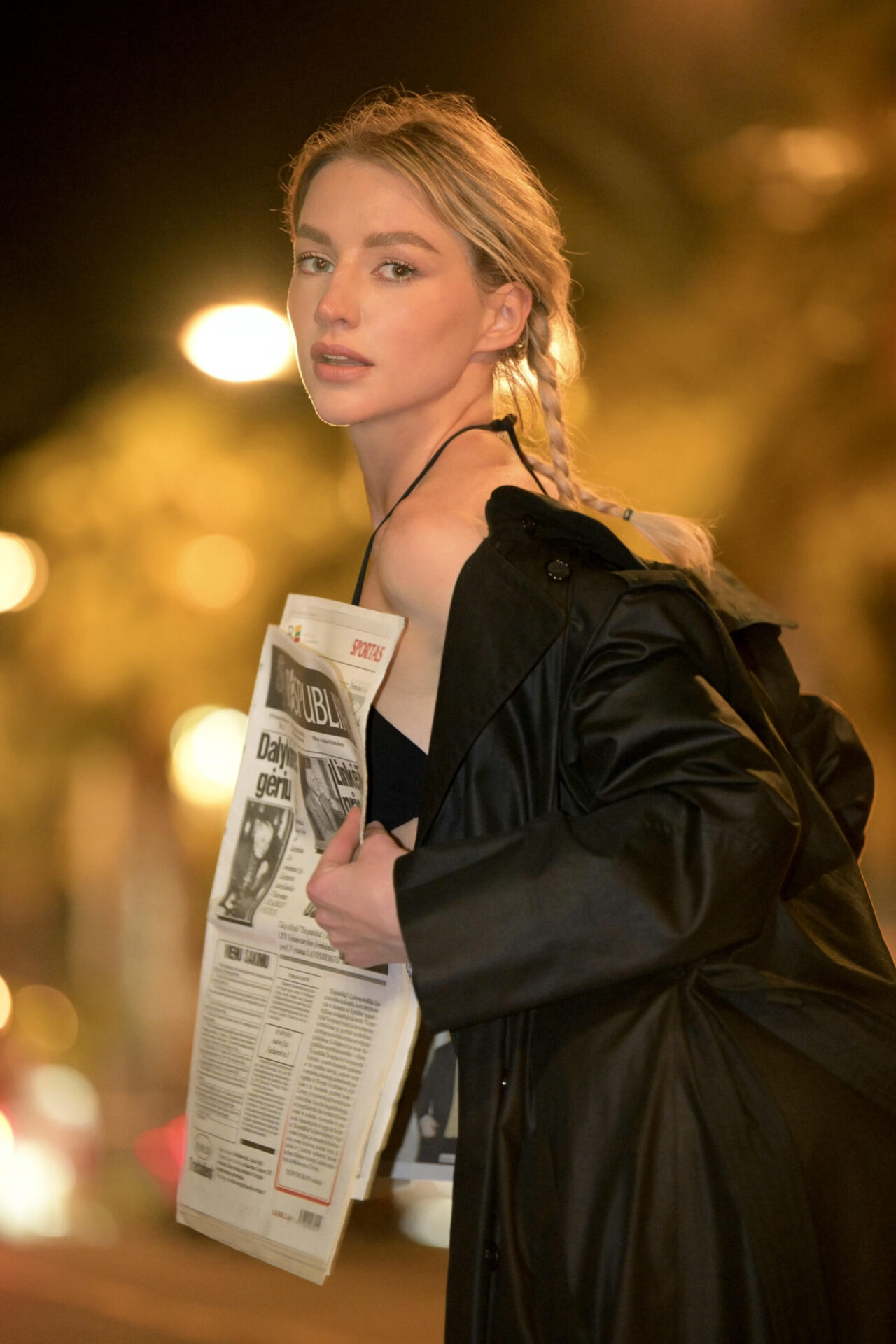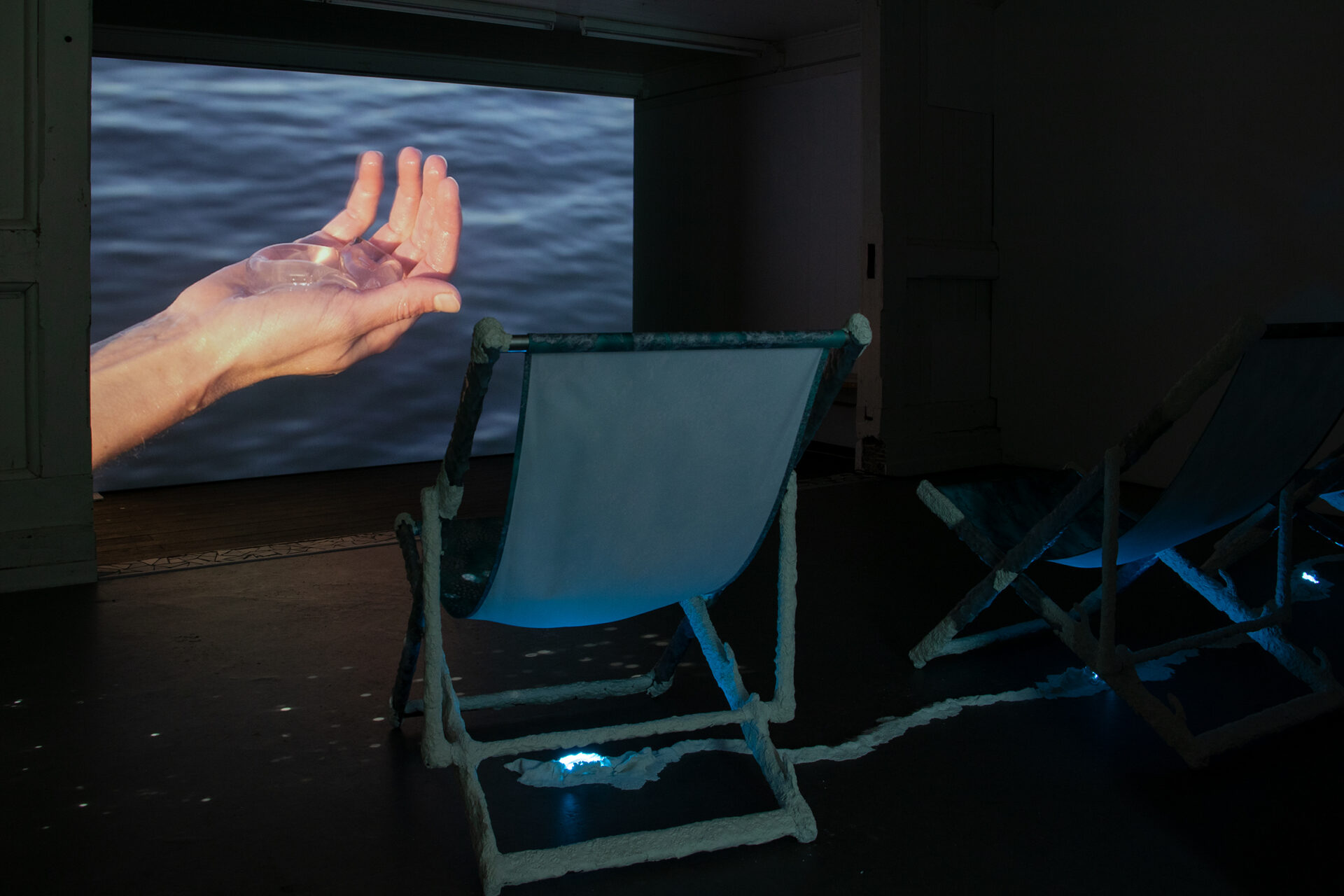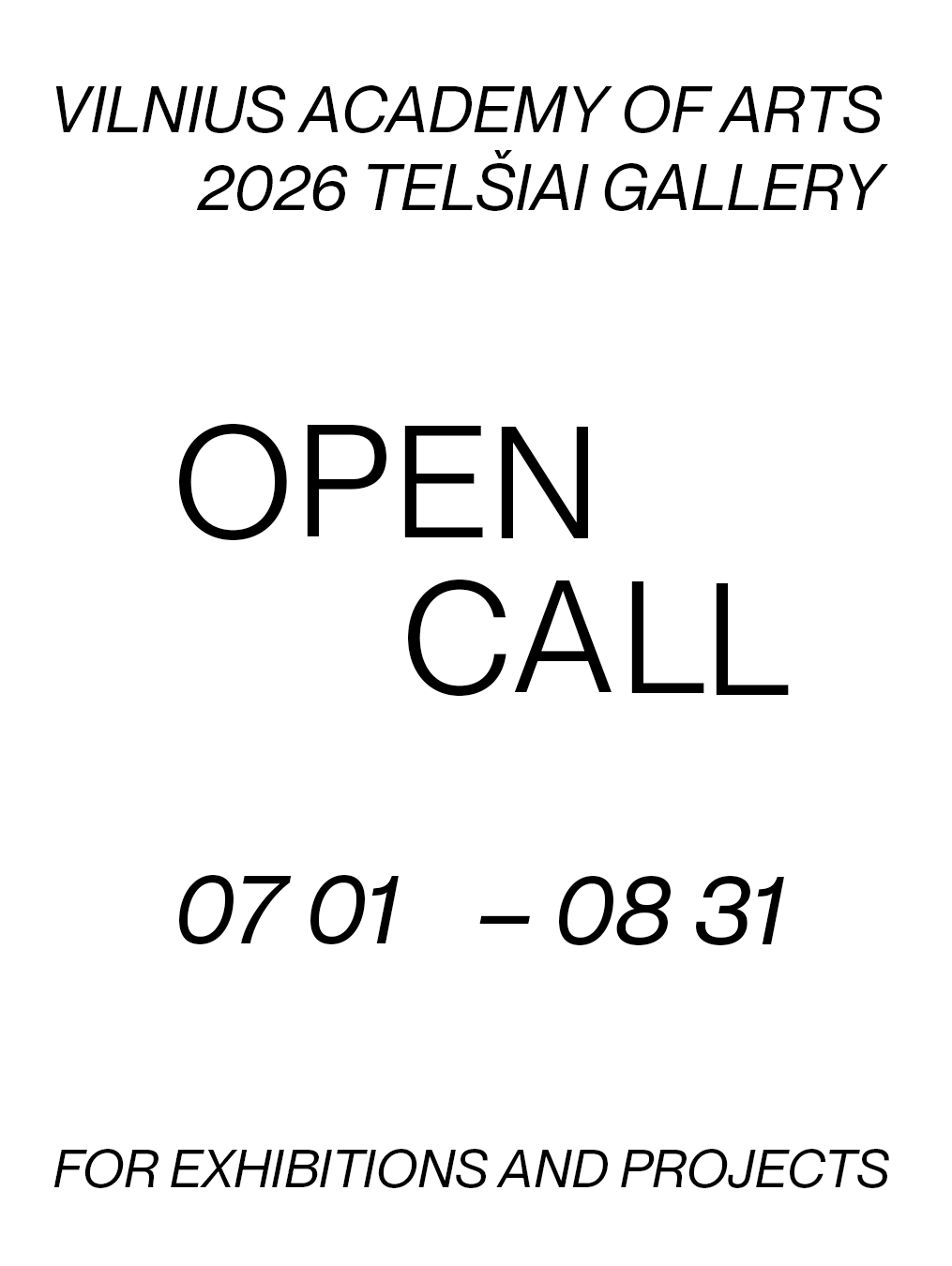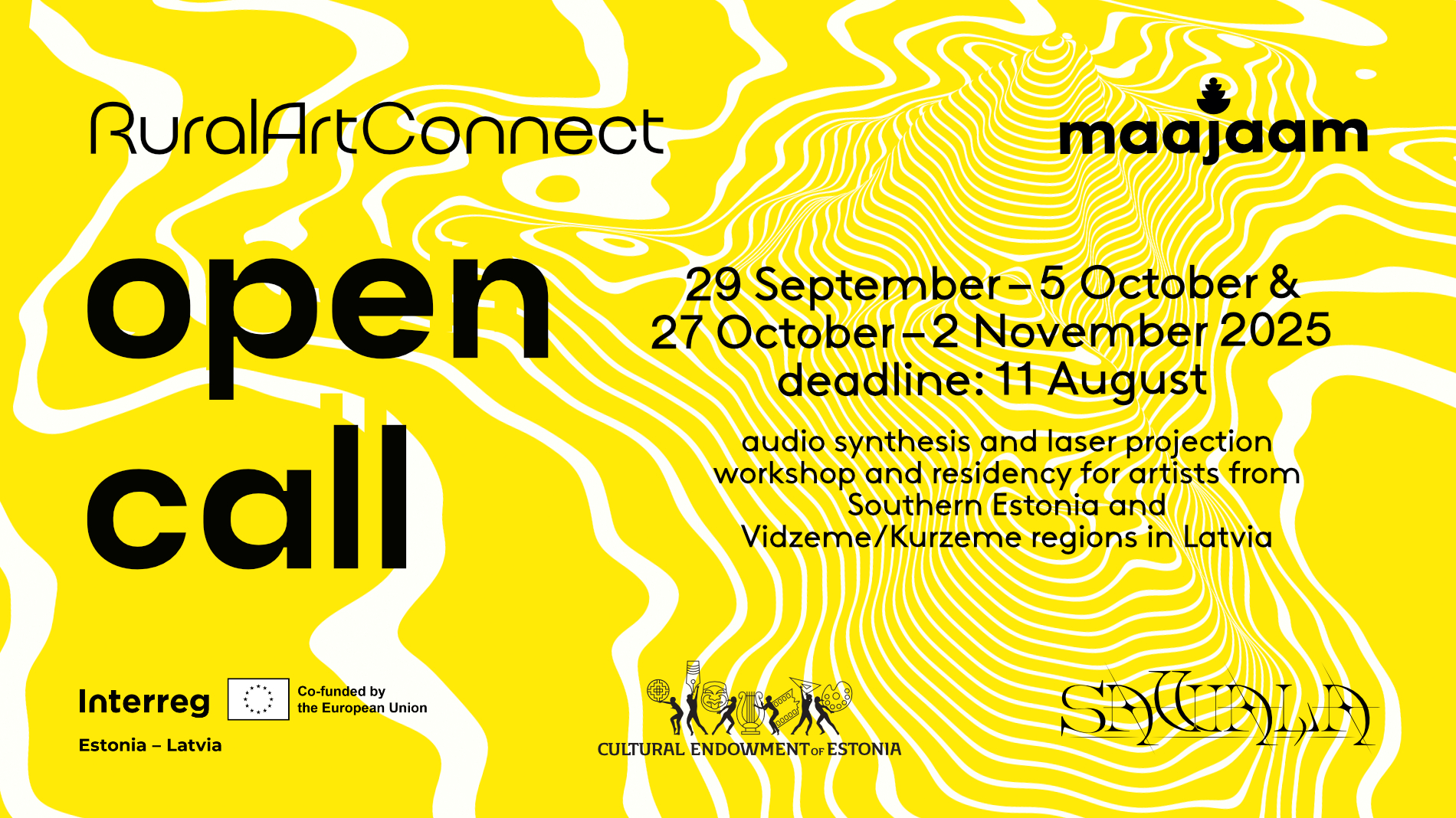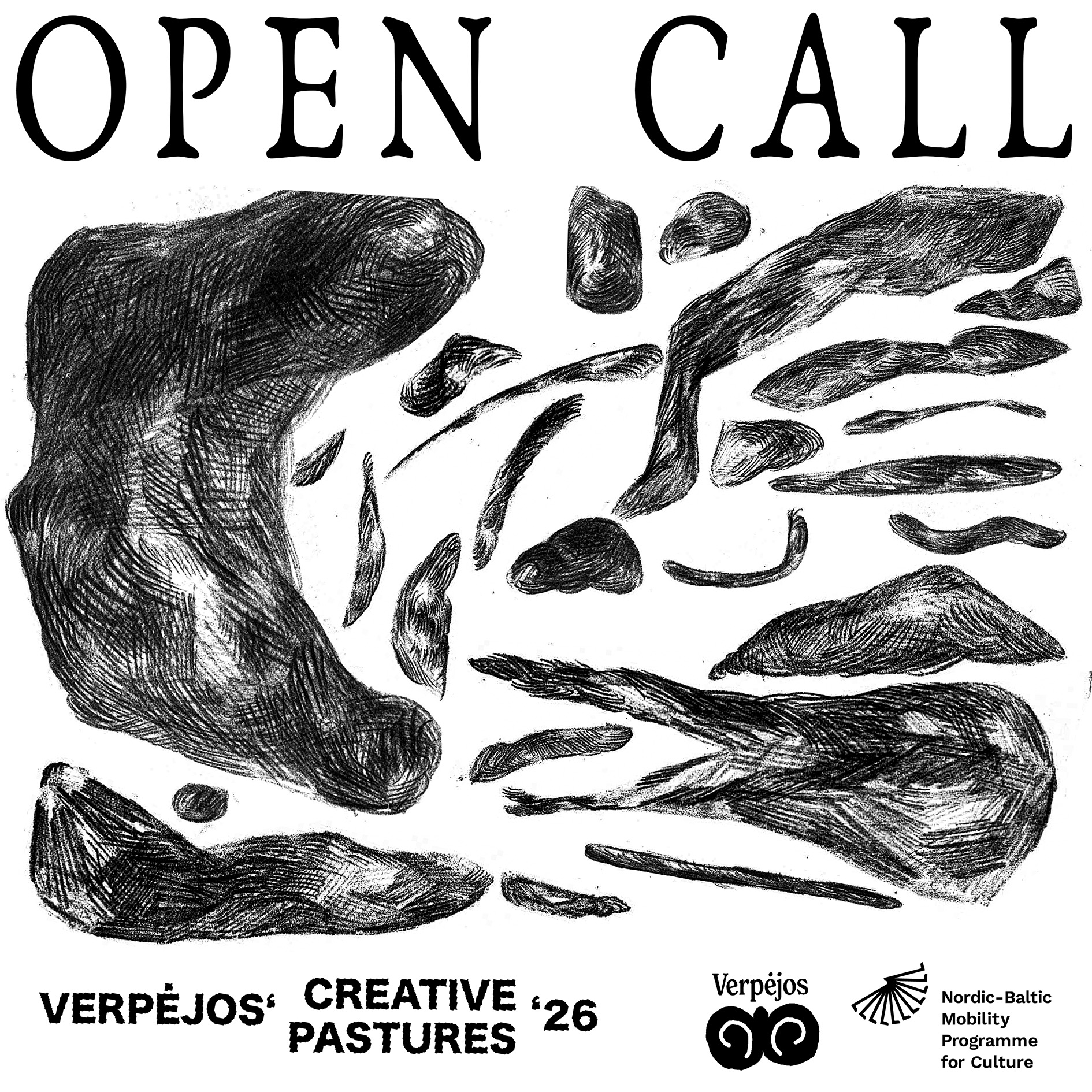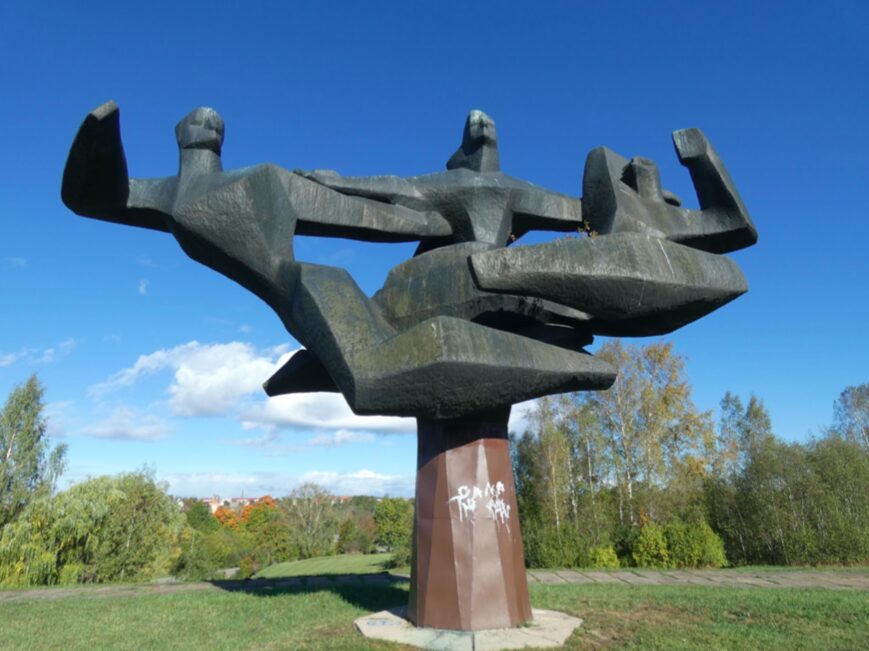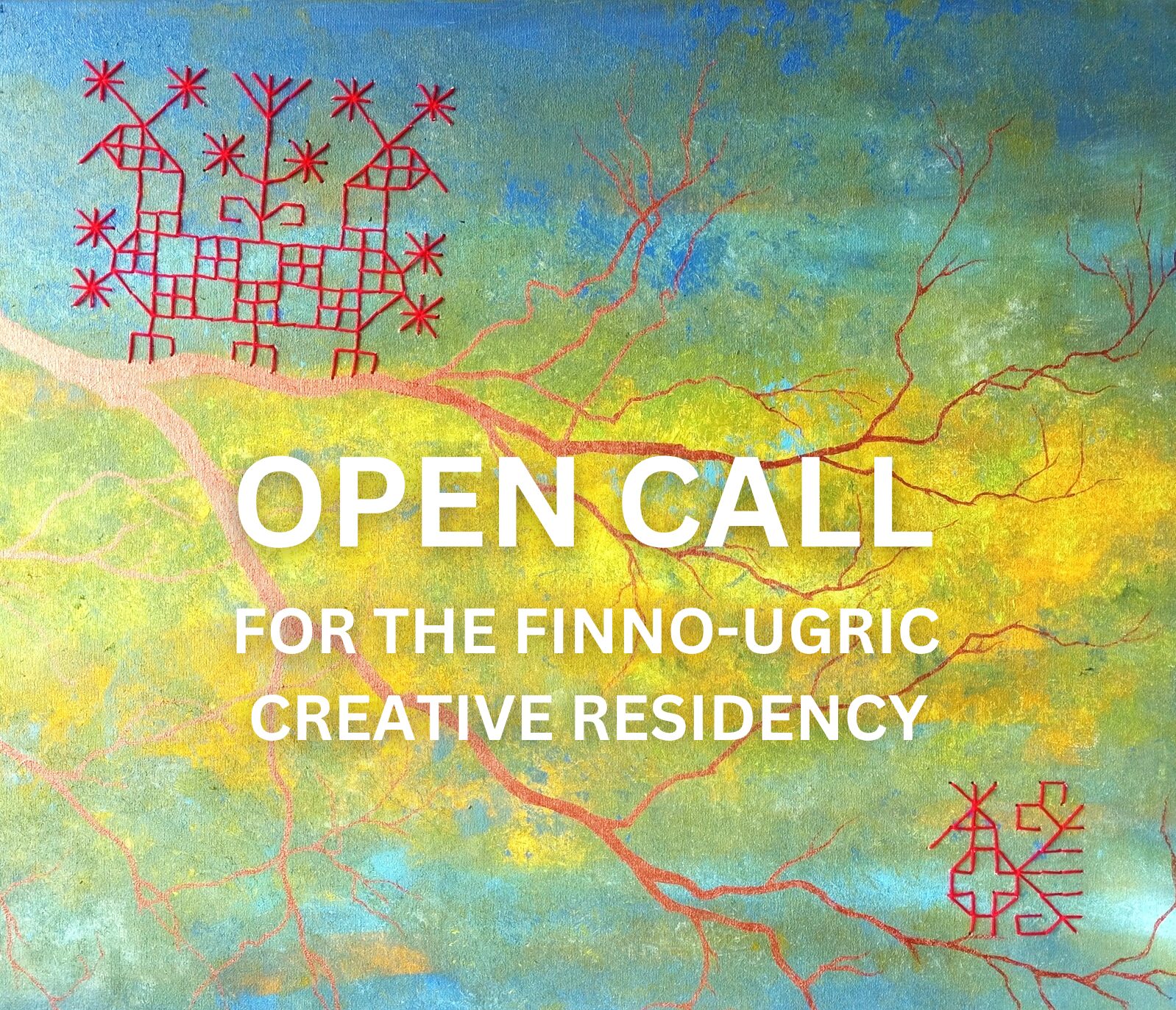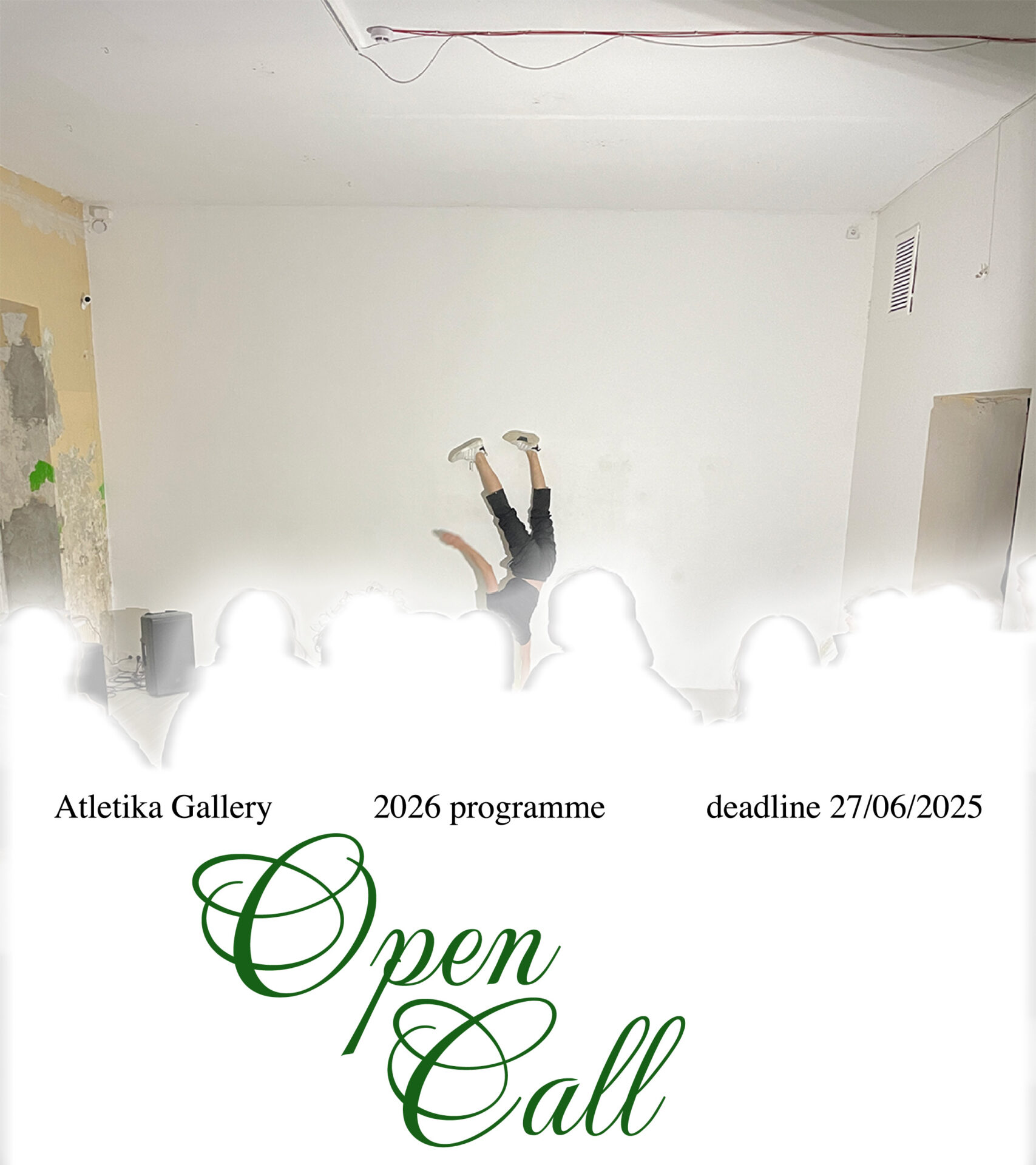This is a text about the death of two texts. See, I’m starting to think I’m cursed. This year, I’ve tried to write about Rupert—a centre for art, residencies and education, and a staple of the art scene in Vilnius—twice. First commissioned by Rupert themselves to review their symposium ‘Earth Bonds II’, and more recently, a text I began working on in November 2023 about the 11-year history of Rupert’s Alternative Education Programme, retold through the fused memories of its participants. Although the circumstances surrounding the disappearance of these texts are different, I believe they share a common thread that reflects the relationship the art world (people) has with the art world (idea). I think these two cases reveal the contradiction of living an illusion without wanting to be reminded of it. Perhaps even about the limits of honesty in a tangled web of relationships, allegiances and the information economy, through which often disempowered artists navigate the lives of the institutions that offer them conditional housing, and institutions maintain carefully curated images.
I suppose this begins with the question of how to conceive what an artist or an institution is, as this determines one’s expectations. Which metaphor is suitable? I have no place to begin with other than myself.
An artist says what might be uncomfortable to hear. An artist is weird and wishes to share that weirdness with the world, in the hope it will endear them to others. An artist has too many thoughts, like an overflowing penny jar wishing to be spent. An artist is an emotional, irrational creature. An artist sees below the surface, understanding the invisible structures that create the visible world through the prism of whichever philosopher they read first, or last. An artist is imbued with prestige and denigrated in the same breath. An artist lives their life hoping it will become a great story one day. An artist creates because they have no choice otherwise.
In 2022, at the end of my time on Rupert’s Alternative Education Programme, I felt proud, burnt out and heartbroken. Following the launch of the final exhibition, I waited for the Instagram posts from the opening containing my accumulated efforts to drop, only to see myself be the only one excluded. I must admit, a part of me found the irony funny, as much of my practice is built on the wish to belong and overcome the loneliness of being misunderstood. Receiving a blunt response from the institution with the explanation that there were no photos to post as the photographer didn’t manage to capture a moment with anyone viewing my installation, I took the only step I felt was available to me, the only power I could exercise—making a series of Instagram stories venting my frustration. It’s not a moment I’m particularly proud of, but we’ve already established I’m an emotional and irrational creature. This made the institution pay attention and begin responding much more caringly and empathetically, while letting me know that in trying to get back at the institution, I ended up hurting the people working there, for there are no institutions, only people.
That thought has stayed with me. Can that really be right? Or is it more convenient, that an institution cannot decide if to use ‘they’ or ‘it’ pronouns? Turning a rented smoke machine on and off, disguising and revealing, centralising and dispersing, as circumstances demand. Like those optical illusions with hidden images inside I never managed to see no matter how hard I squinted. An institution is a group of people, but it’s also the narrative, myths and rumours built around them. An institution is its history, but it’s also a carefully curated version of that history, legitimised through the media. An institution is an accumulation of power and capital, but based in the economy of imaginary numbers that will fail should enough people wish to withdraw their money at the same time.
I remember in December 2021 dragging my sister to see the final exhibition of that year’s Alternative Education Programme, having missed the once-per-hour bus that goes to this exclusive part of Vilnius and needing to dredge through a snowstorm that swallowed us until our knees. Afterwards, we sat wet and shivering at the bus stop, and I told her, ‘Next year, I’ll be here’. After so many years of trying to go at it alone, out of a desire to ‘prove something’, I had grown resentful and tired. I was ready to play the ‘game’, if that’s what it would take to have a rope thrown into the quicksand. It ended up being a humbling experience, where I met some of the most brilliant people, and had wonderful experiences that softened my heart and injected excitement into the staleness of my life. It took only the first lecture to receive what I needed to learn most—how to position and market myself. Branding begets recognition, recognition begets success, and success begets ease. Things felt so accessible. In a way, it was utopic. The feeling I could just make art, without any conditions. That expression could be its own reward. The feeling of solidarity, community and understanding. Of course, it all mostly evaporated when the programme finished and what remained were these beautiful and complicated relationships. And having seen the sparkling rewards each level of the game offered, like a magpie, I couldn’t refuse my instinct to latch on, even if it meant I was carrying a silver lighter to the top of a thatched roof.
‘Brave’. This is the main descriptor I heard of my texts, once I decided to resume writing art criticism in 2023, following a four-year break after moving back to Lithuania from London. It was, and still is, baffling to me that publishing overt criticism is considered brave. I was later told almost no one agrees to write a review in Vilnius if they have something negative to say. The field is small, you don’t want to upset the connections you have. It was good for me that I didn’t really know anyone, so I felt immune to this fear. My approach to writing art criticism stems back to when I read Peter Brook’s ‘The Empty Space’ as an impressionable teenager. In it, he talks about the critic as the one that prevents theatre from dying in repetition, cliché and kitsch. Perhaps arrogantly, it imbued my ‘honesty’ with a sense of social responsibility. Truth is a paradox. Like an idea that degrades when you try to vocalise it. More than anything else, truth is a critical mass of agreement.
My ‘bravery’ garnered me a reputation. Friends half-jokingly told me they were afraid of me reviewing their work. So when Rupert invited me to write about their ‘Earth Bonds II’ symposium in May 2024, telling me ‘Write what you want, this is not a press release :)’, I was taken aback. Did they truly mean it? If so, it represented a refreshing twist in the way an institution allowed itself to relinquish control of their image in favour of nurturing an artistic eco-system in which criticism encourages constructive dialogue between all agents, complicating their pristine exterior.
As with most things, my response was ambivalent. The symposium was tasked with the gargantuan question of how cultural institutions should respond to the climate crisis. My main criticism was, if the programme was to be interpreted as an answer, how safe and limited that answer felt. I didn’t feel there was a curatorial throughline. At the same time, I appreciated how the talks and workshops stimulated my thinking, in trying to conceptualise more radical versions of their intellectual inputs. And how the soothing performative moments, which approached the question from the affect level, made me reflect on the paralysis of not only being an individualised subject under the weight of the world’s problems, but an institution that somehow needed to ‘lead’ while being similarly restrained by our shared social, political and economic circumstances. The more honestly I wrote, the more self-conscious I felt. Maybe this was the time to soften my tone and minimise my criticisms. But that would feel disingenuous to the point of nullifying all the engagement I had done with their offerings, and the ways I wished to expand and continue this important conversation they had initiated.
Our original agreement was for me to shop the text around to various contacts they had provided. When the text was done, haunted by the worry in the back of my head, I decided to first ask the curatorial team to go through it, leaving comments and responses I would then include in the final version, allowing the text to unfold a larger dialogue between intent and outcome. At first, I received an enthusiastic agreement. This was followed by a few weeks of silence. And then, the notification they decided ‘not to proceed with the text’. They still paid me, for which I was glad. It didn’t help much to alleviate my sense of disappointment at the squandered opportunity.
Citing the precarious position of being both the commissioner and subject of the text, their main argument was that if they allowed the text to be published, it would be seen as an endorsement of the criticisms against the artists and speakers they had curated for the symposium. It was difficult for me to see it as anything else than them having made a bed they no longer wanted to lie in. Wasn’t this ‘conflict of interest’ apparent from the start? I also didn’t agree with the subtext that my criticism of the artworks and talks couldn’t be separated from criticism of the people. I’m sure the news that followed a few months later that they had lost their strategic funding played into this decision as now, they were put in a position of needing to prove their worth in the cultivation of the Lithuanian cultural field, inviting previous residents and programme participants to share positive testimonies to use in a response to the Lithuanian Culture Council.
At the end of 2023, I was heartbroken. I had become very close with several participants from that year’s Alternative Education Programme and, as the year before, they were about to leave to resume the winding paths that led to their wishes. For the second year in a row, I had to accept the sun was setting and there was no more time left to play outside. Inspired by this sense of longing, I decided to write about the programme, and the joy and pain of forming these tender temporary communities. I also understood it as an opportunity to foreground the participants’ voices, who often lose control over the public framing of their experience. And so, I began interviewing participants of the past 11 editions of the programme, one from each edition, and before I knew it, I had around 26 hours of recordings to transcribe, along with written responses through a Google form I had set up.
I remember meeting one of the biggest artists in Lithuania for the first time over facetime from a 7/11 in Thailand, putting myself on mute while I grabbed snacks. And the gratitude of being able to learn through the experiences of all these fascinating and passionate artists not only about their time at Rupert, but also about their perception of what they do and why. I had a vague feeling of what I was reaching for—a chorus of voices, totally anonymised, with all names removed and no indication of where one ended and another began, cobbling together individual experiences to reveal a larger, collective picture. The stories I heard were touching, sensational, sentimental, provocative, critical and affirming. 30,000 words became 16,000, and then 5,000. Sensing I had accomplished something close to that vague feeling, I shared it with all those who gave an interview as, after all, they were co-creators of the text.
The response was crushing. The text was a collection of gossips. It was a destructive piece of journalism. It wasn’t factual. Who was it interesting for? It left readers with heavy hearts and anxious feelings. Some asked for alterations, as details began to blur and faces became indistinguishable. Another person asked for their parts to be completely removed, effectively killing the enmeshed text. I felt I had betrayed those who trusted me. Of course, I understood their hesitations and respected their wishes. Were our subjective experiences valid enough to form the basis of understanding how this institution functions? The text was never intended as a piece of journalism, more so an experiment in the way we could conceive what Rupert meant to the local art scene and those it temporarily housed. Should someone’s firsthand experience be designated gossip, if the custodian of the archive is the unreliable narrator of their own memories? The response wasn’t totally negative, but I couldn’t muster the strength to fight for the text. A part of me was just glad to be done with it after an eleven-month-long process. But as I continued to reflect on this experience in real-time with those around me, a sense of defeat and anger came out like a Freudian slip. Why had we ended up in this Stockholm syndrome relationship with our experiences?
I wasn’t even grieving the tedious amount of work I had put into both these texts. I was grieving for the fact that one didn’t want to be implicated in the experience of the other. Criticism was to be traded privately in the information economy, but the record had to remain vague. The social contracts we all supposedly signed being part of this community had to be upheld. If not for comfort, then for market value. I was naive and failed to recognise just how much was at stake for all involved. I understood that telling the emperor he was wearing no clothes only made sense if he was hypothetical. We have these stories we tell ourselves about the meaning and importance of what we do, but they shouldn’t be read too closely, as otherwise, we risk falling into the plot holes.
A friend of mine once said she admired how I always knew the right time to exit. I guess the trade-off is never quite knowing when to arrive. I wish my timing wasn’t so inconvenient, and I fear the perception I’m kicking Rupert while they’re down. So let me be clear—I do hope for the survival of Rupert. It’s an integral part of the Vilnius art scene, and without them, the cultural landscape would become less adventurous and nuanced. Their ability to nurture the development of artists and cultural workers is as clear as looking at their list of past curators, residents and programme participants, who across time, tell the story of the changeover between art movements, opportunities for self-realisation, many overlapping relationships and the rebelliousness to offer an ‘alternative’, no matter how murky that wish became.
And lastly, dear reader, I would like to turn to you. What are your expectations of a text like this? By which matrix do you measure the acceptable level of professionalism that allows criticism to be levied in a comfortable way that feels safe, intelligent and non-confrontational? Who are you? Are you part of this bubble community, or did you just happen to stumble through the doors of the wrong text? Perhaps you feel confused, for I haven’t offered an academically systematic breakdown of the philosophical and sociological underpinnings of the subject matter. Is my experience, the only thing I’m left to stand behind, enough to say something meaningful about a topic that has been written about and then meme’d into oblivion? Should I have detached my emotions from my observations? Am I saying anything you don’t already know? I wish I could propose a solution, an answer, or give some sort of clarity, but in the end, all I have are these contradictions and the uneasy realisation of my limitations. Yet, if there’s hope to be found, it’s the same idealistic hope I’ve always found myself clinging to—that open dialogue can mend the fractures between us, if we have the will to soothe our ego and release ourselves from the pressures of keeping up appearances.

